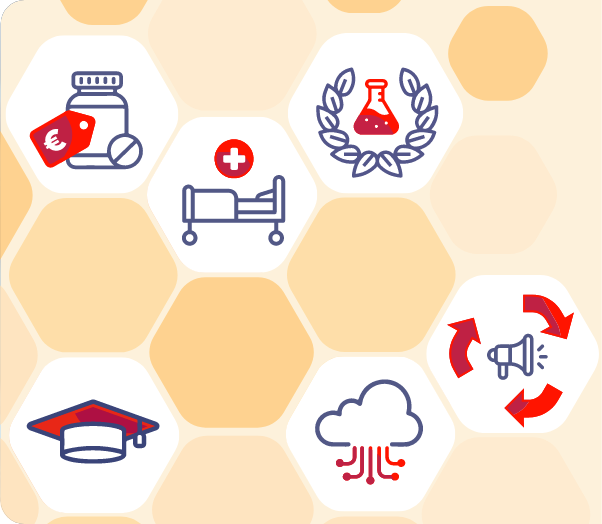Clinical staff in hospital wards traditionally collect vital signs periodically to assess a patient's cardiorespiratory status, often with intervals of 6 to 10 hours. This method, known as spot-checking, has limitations due to its infrequent nature and dependence on contact sensors, which can be uncomfortable for patients, particularly during sleep.
The Focus
Recent advancements demonstrate that vital signs like heart rate, respiration rate, blood oxygen saturation, and temperature can be monitored remotely using camera-based methods, which are less invasive compared to contact sensors. This innovation could significantly enhance patient comfort by enabling continuous monitoring without the need for frequent interventions by clinical staff. Continuous monitoring also allows for trend analysis of vital signs, offering a comprehensive assessment of a patient's cardiorespiratory condition. Additionally, camera-based methods enable video context analysis, such as detecting patient movements or identifying pain through facial expression analysis. This project explores the use of continuous video monitoring as an unobtrusive method to predict and monitor patient deterioration or adverse events.
The Research
Initially, the feasibility and reliability of camera-based continuous monitoring will be evaluated using data from consenting patients in the ICU at Catharina Hospital in Eindhoven and healthy volunteers. Subsequently, robust technologies will be developed to automatically detect signs of patient deterioration by generating automated early warning scores based on measured vital signs. Throughout the project, feedback from clinical staff and patient experiences will inform the design and implementation of camera-based technologies and early warning systems.
Origin
This project is funded within the Innovative Medical Devices Initiative (IMDI) program 'Heart for Sustainable Care'. The focus of this program is the development of medical technology for the earlier detection, monitoring, and better treatment of cardiovascular diseases to ensure accessible healthcare and sufficient staffing. The program has been developed en funded by the Dutch Heart Foundation, ZonMw and NWO, who collaborate within the Dutch CardioVascular Alliance.

